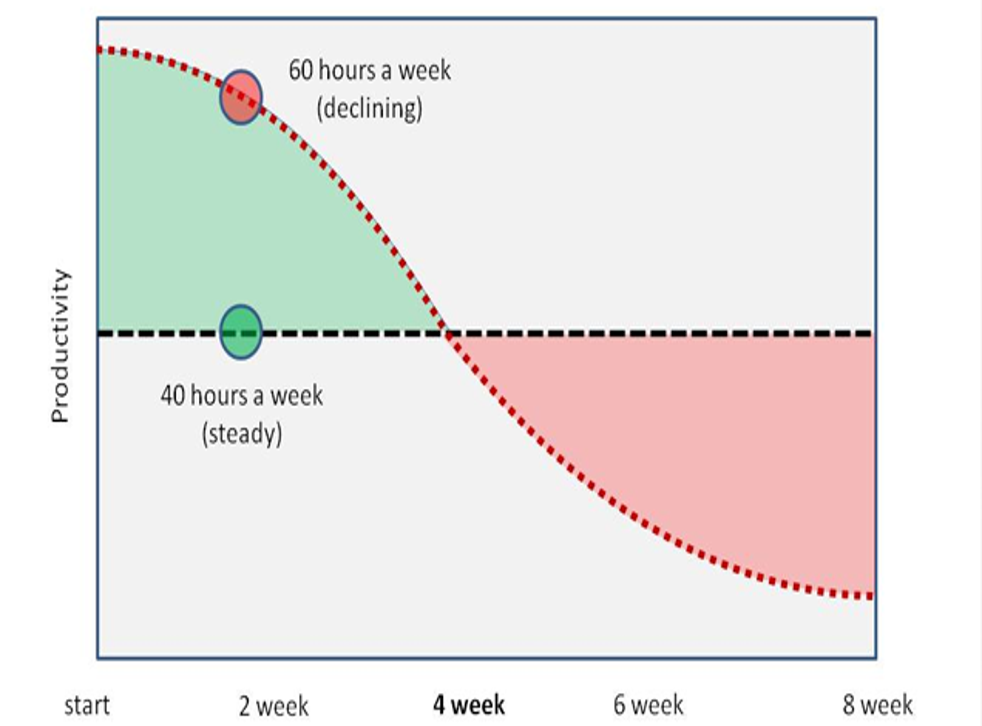Employee Well-Being and Work Life Balance: What it Really Means in a Pandemic World.

We have all struggled with the definition of work-life balance. And now more than ever, we struggle with separating our work and home lives. The pandemic has forced more employees to work from home and although many welcome the added flexibility, many are struggling to find balance between work and home life.
Pre-pandemic, employers were increasingly trying to provide work-at-home options as retention tools, and employees often looked for new jobs citing better work-life balance as the primary reason for the search. Although employees welcome this new flexibility, we have to recognize that working from home has its own set of challenges.
Origins of Work-Life Balance Concept
So where did the concept of work life balance come from? In the 18th and 19th centuries, the Industrial Revolution and its resulting shift to manufacturing work made it possible for employers to require workers to labor longer hours than ever before in human history. In some industries, people toiled 14 to 16 hours a day, six to seven days a week. As researchers began to study the negative impact that these long hours had on stress levels, health, and family life, the idea of work-life balance gained legitimacy, and many countries began to legislate limits to the workweek 1.
The Truth about Productivity
Productivity studies have shown that productivity in the long run actually drops when employees work excessive hours for extended periods of time. As figure: 1 shows, after 4 weeks of working 60+ hours, productivity drops significantly2.

Figure 1: Productivity decreases after initial increase
The problem is even though data shows that longer work hours means being less productive, people continue to disregard the data.
Why we really resist data proven facts about our working style?
- What you see is what you believe: I think it is difficult with flexible work schedules for managers to know that their employees are working as we are not seeing someone at their desk for long periods of time. It’s just a human bias that many people find it hard to overcome.
- How do you evaluate it: Evaluating results and whether the employee is meeting targets and objectives is much more difficult than simply seeing a person at their desk for the requisite hours. Managers are forced to define clear performance goals and how employees will be measured. Something most managers and business leaders struggle with3.
- Generational differences: The baby boomers did sit at their desks and put in long hours so they would naturally equate that with getting more done. Millennials have a different viewpoint. As long as the work gets done and their goals are achieved, the rest of their time can be filled with hobbies and achieving personal goals. They prefer to let their performance speak for their efforts without being chained to a desk3.
Ensuring employee well-being
Flexibility in an employee’s work schedule, which allows them to have a better work-life balance, is increasingly becoming a popular retention tool. It costs a lot to find and hire the right person so it makes sense for organizations to start viewing flex time as a retention and money saving tool. There is also data to prove that when employers let people attend to family and personal goals it leads to having a more engaged workforce that outperforms other organizations and proves to be a competitive advantage even in tougher economic times 4.
Therefore, when organizations design employee retention and engagement programs and policies, we need to really understand what contributes to happy, engaged employees. Gallup research defines five types of well-being essential for most people1:
- Career Wellbeing: how you occupy your time -- or simply liking what you do every day
- Social Wellbeing: having strong relationships and love in your life
- Financial Wellbeing: effectively managing your economic life
- Physical Wellbeing: having good health and enough energy to get things done on a daily basis
- Community Wellbeing: the sense of engagement you have with the area where you live
Once employees have their basic needs met, it makes sense that a higher level of wellbeing will become a focus for them. And if you want to keep your best employees engaged and productive, perhaps policies and programs need to better reflect this.
Work-Life Balance in a Pandemic World
Now that many of us have transitioned to a work-from-home existence, work-life balance has some new challenges. It is difficult to separate our physical work and living spaces and employees often find it difficult to define the end of their work day clearly. We are also spending large amounts of time in front of our screens for work and social activities. Eye strain and mental exhaustion are setting in. So here are a few tips to help keep that balance:
- Mandate a day or two per week for your employees as non-meeting days. This will help reduce online meeting exhaustion levels.
- Restrict work communications to specific hours of the day (e.g. 9am to 5pm). This will help reduce the distraction in off-hours for workers and allow them to concentrate on home life activities.
- Online meeting tools often default to 30 or 60 minute long meetings. If you only have 10-15 minutes of questions and discussion, schedule the meeting for that time period so everyone does not feel they have to stretch to 30 or 60 minutes.
References:
2. http://www.independent.co.uk/life-style/health-and-families/working-more-than-40-hours-a-week-makes-you-less-productive-research-suggests-10466958.html
3. https://hbr.org/ideacast/2016/07/we-cant-work-all-the-time
4. Marciano, P. L. (2010). Carrots and Sticks Don't Work: Build a Culture of Employee Engagement with the Principles of RESPECT (TM). New York: McGraw-Hill
